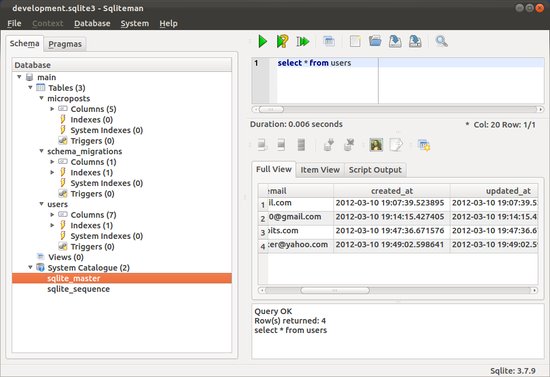

It’s the application using the library that provides the user interface. In fact, SQLite’s database file format is so well regarded, it’s one of only a handful recommended by the Library of Congress for long-term data storage.īecause SQLite is a developer’s library, however, there isn’t a front-end for it, meaning it doesn’t have a Graphical User Interface. You can even move it to a machine running a different operating system by copying one file. It simplifies your application’s installation routines and lowers the minimum hardware requirements for your application.Īdditionally, because SQLite uses a single cross-platform file for its database tables, indexes, and schemas, the entire database can be moved to another computer. Having a capable, self-contained database engine tucked away inside your application removes a lot of problems. SQLite also has a command-line tool for manipulating databases, but it’s the library that’s made it a triumph. This means you don’t have to provide an external SQL database server, like MySQL, MariaDB, or Microsoft SQL Server. The database engine becomes an integral part of the product. It’s a fast, lightweight library that’s incorporated (or linked, in developer-speak) in other applications. The incredible reach of the SQLite database is due to its architecture. It’s also in every internet browser, including Chrome, Firefox, and Safari, as well as countless other applications.
#Db browser for sqlite database empty windows 10
It’s inside every iPhone and Android phone, and Windows 10 or Mac computer.

Since its initial release in 2000, SQLite has seen an absolutely staggering uptake. So successful, in fact, it can justifiably call itself the most widely deployed database engine in the world. The SQLite database library and tools are a phenomenally successful open-source Structured Query Language (SQL) database project.


 0 kommentar(er)
0 kommentar(er)
